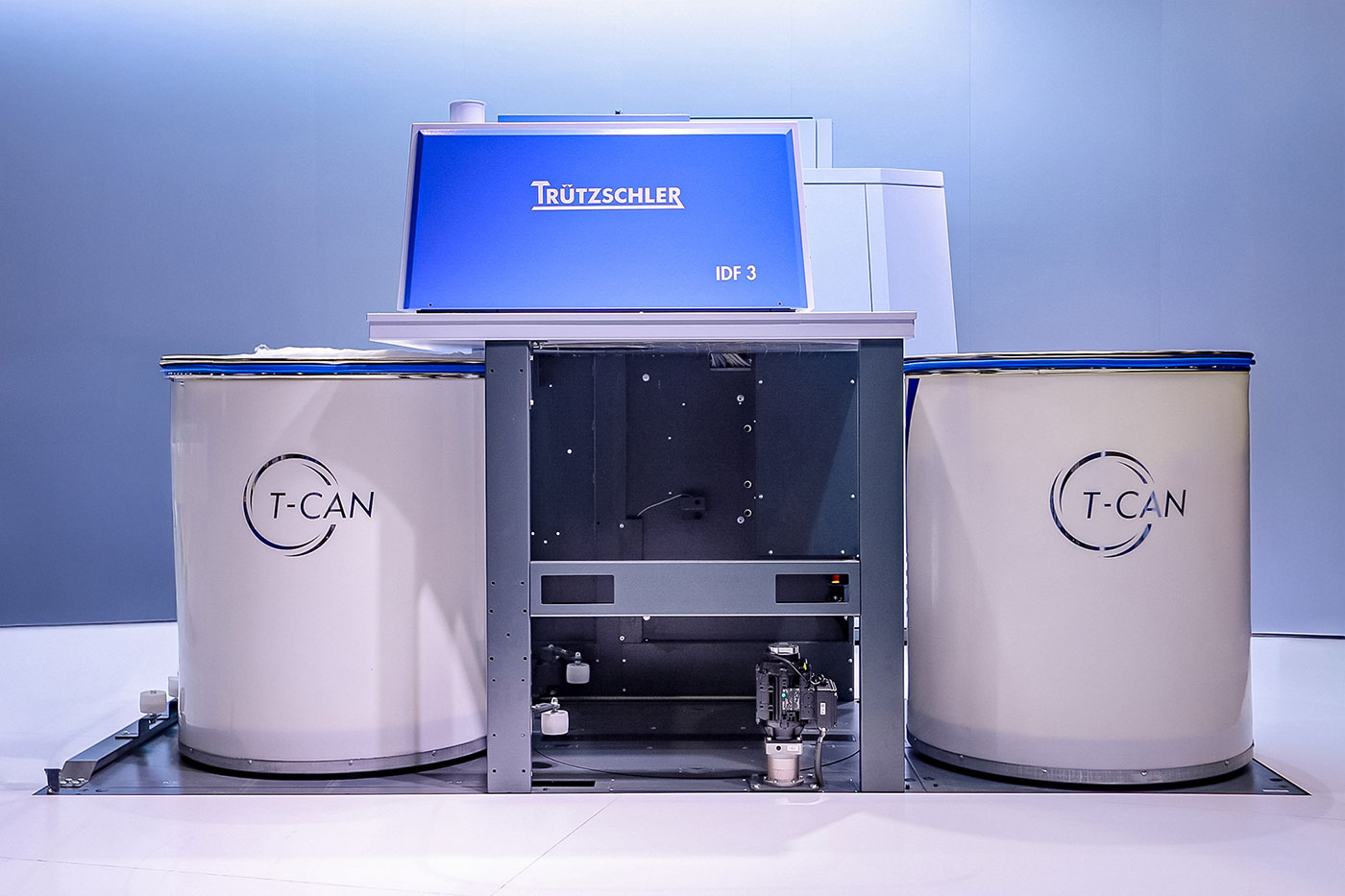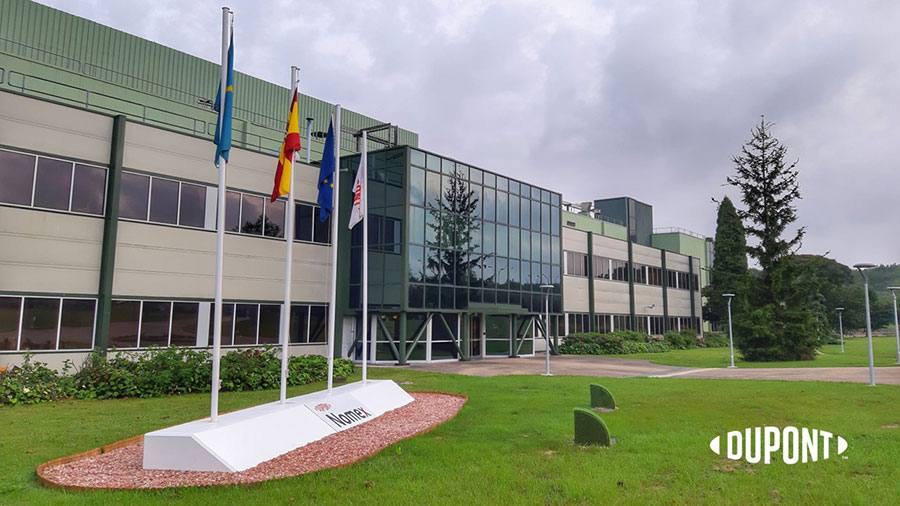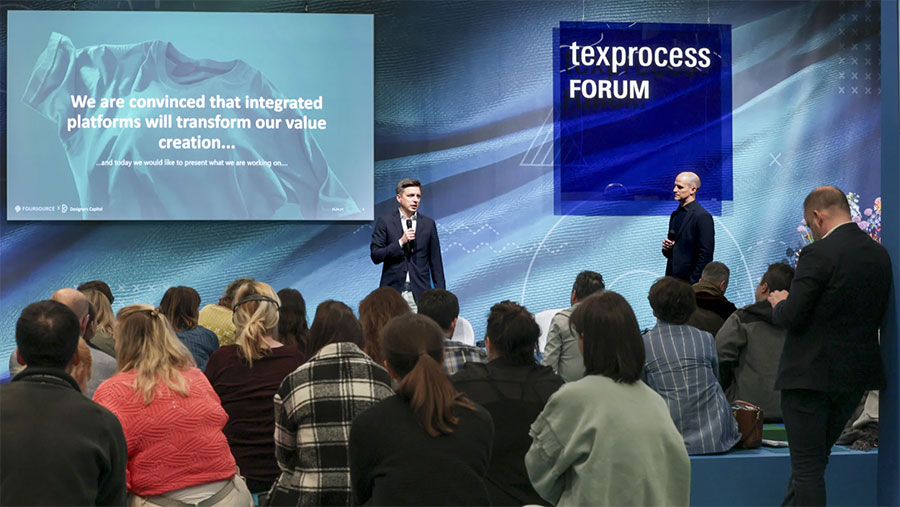#Textile chemistry
ZDHC releases the updates to the ZDHC MRSL Version 3.0, and its supporting documents

As the looming reality of climate change is felt across the world, and our planet reaches an environmental tipping point, it has become painfully clear that we must take effective collective action now. Therefore, the ZDHC Foundation has made updates to its ZDHC MRSL Version 3.0 to further extend the list of harmful chemical substances to be restricted in their use, including PFAS treatments used for textiles, leather, and footwear. According to Phil Patterson, Chair of the MRSL Advisory Council who led the review process, “the ZDHC Roadmap to Zero Programme continues to evolve. This enables us to take a tough but pragmatic approach to previously challenging topics such as solvents and chemicals that are recognised as being harmful but necessary for critical end uses, such as medical textiles or items for first responders.”
Today, the changes for MRSL Version 3.0 have been published on the Roadmap to Zero website (https://www.roadmaptozero.com/input). Along with the publication of the new ZDHC MRSL Version 3.0, the ZDHC Foundation has also published the updated versions of the ZDHC MRSL Conformance Guidance (Version 2.0), ZDHC MRSL Update Principle and Procedures (Version 3.0), and ZDHC MRSL Industry Standard Implementation Approach (Version 2.0).
The release of the ZDHC MRSL Version 3.0 and its supporting documents comes with a transition period of 12 months for effective implementation by all stakeholders.
“ZDHC MRSL has clearly evolved as the gold standard for cleaner input chemicals in the global textile supply chain. ZDHC MRSL Version 3.0 remains contemporary with the inclusion of newer chemicals of concern and reducing the permissible limits for impurities. This has been possible as the industry is moving towards cleaner production. Notably all the listed PFAS (Per & Poly fluorinated alkylated) chemicals, commonly known as “forever chemicals“ have been moved from the candidate list into the main list. This is a significant change which will be better for the environment. “ - Ullhas M. Nimkar (M.Sc. Leeds, U.K., C. Col; FSDC, FTA), President, The Society of Dyers and Colourists and Member, The ZDHC MRSL Council
ZDHC MRSL Version 3.0
The ZDHC MRSL bans certain harmful chemical substances from intentional use in manufacturing facilities that process textile materials, synthetic leather, leather, and trim parts in textiles and footwear. It offers the industry a harmonised list of banned chemical substances and enables the ZDHC Gateway Chemical Module, the industry’s largest database of safer alternative chemical formulations meeting the ZDHC MRSL requirements. By using ZDHC MRSL conformant chemical formulations listed on the ZDHC Gateway, suppliers can assure their customers that they adhere to the requirements of the most recently applicable ZDHC MRSL, thus speeding up the industry’s journey on its course towards a better environmental footprint.
The ZDHC MRSL Version 3.0 has several updates, including a ban on all formulations based on or including PFAS substances used for fashion, sport or outdoor apparel and footwear, and home textiles. Other major updates include corrections and additions in CAS reference numbers of MRSL substances, test methods, in some cases revision of formulation limits and addition of substances from the Candidate List to the ZDHC MRSL, such as free aniline, cyclic siloxanes, solvents, etc. The Candidate List has also been updated and Navy Blue Colorant has been moved to the Archived List.
The updated ZDHC MRSL V3.0 aligns with bluesign’s planned removal of all existing bluesign® APPROVED PFAS containing formulations from the bluesign® FINDER in order to restrict PFAS under REACH for all non-essential uses including in consumer products.
View the ZDHC MRSL Version 3.0 here:
https://mrsl.roadmaptozero.com/
ZDHC MRSL Conformance Guidance Version 2.0
The ZDHC MRSL Conformance Guidance has been updated to Version 2.0 to reflect increased commitment from the chemical industry toward sustainable chemical management.
With the implementation of the ZDHC MRSL Conformance Guidance Version 2.0, ZDHC MRSL Conformance Levels will be as follows:
ZDHC MRSL Conformance Level 1 requires:
- analytical testing, supported by analytical screening,
- an SDS review for relevant information on ZDHC MRSL substances by a ZDHC Approved MRSL Certifier.
ZDHC MRSL Conformance Level 2 requires:
- the principles of the ZDHC MRSL Conformance Level 1 to be fulfilled,
- an on-site assessment of the management systems at a formulator’s facility.
ZDHC MRSL Conformance Level 3 requires:
- the principles of the ZDHC MRSL Conformance Level 1 and Level 2 to be fulfilled,
- an on-site assessment of the chemical hazard assessment capability of a formulator, including their capability to author a Safety Data Sheet based on GHS classification and labelling norms.
View ZDHC Conformance Guidance Version 2.0 here
https://downloads.roadmaptozero.com/input/ZDHC-MRSL-Conformance-Guidance
ZDHC MRSL Update Principles and Procedures Version 3.0
ZDHC MRSL Update Principles and Procedures Version 3.0 explains how the update process of the ZDHC MRSL Version 3.0 has been executed in the background. In light of that, this version of the document explains the principles and procedures of the ZDHC MRSL Version 3.0 in more detail than the previous version.
View ZDHC MRSL Update Principles and Procedure Version 3.0 here:
https://downloads.roadmaptozero.com/input/ZDHC-MRSL-Principles-and-Procedures
ZDHC MRSL Industry Standard Implementation Approach Version 2.0
With this update, ZDHC has also published the ZDHC MRSL Industry Standard Implementation Approach Version 2.0, which details how the industry stakeholders should implement the updated ZDHC MRSL (Version 3.0) across their value chains. As with the previous revisions of the ZDHC MRSL, the implementation of the ZDHC MRSL Version 3.0 and the ZDHC MRSL Conformance Guidance Version 2.0 has a one year transition period for all stakeholders. Chemical Formulators will need to re-certify their formulations from the ZDHC Approved MRSL Certifiers in accordance with the new guidelines, and publish their products with their respective ZDHC MRSL Conformance Levels in the ZDHC Gateway. Suppliers will have an additional six months at the end of the transition period (i.e., 01 November 2023) to exhaust their stocks of ZDHC MRSL Version 2.0 conformant products.
View ZDHC MRSL Industry Standard Implementation Approach Version 2.0 here:
https://downloads.roadmaptozero.com/input/ZDHC-MRSL-Industry-Standard-Implementation-Approach
“As a ZDHC Contributor, we welcome the update. It is critical for Chemical Formulators of the textile, leather, and footwear industry to align with one global MRSL. The benefit to Chemical Formulators is that they don’t need to deal with multiple hazardous substance specifications and limits which simplifies chemical management processes. Most textile and leather customers purchasing chemicals now request compliance with the latest ZDHC MRSL and a ChemCheck Report as proof.” - Dr. Amy Huang, Head of Product Stewardship Division Everlight Chemical Industrial Corporation
ZDHC would also like to take this opportunity to thank the ZDHC MRSL Council members, Technical Task Team members and the colleagues at the ZDHC Foundation who tirelessly worked in the background to make this update happen.














